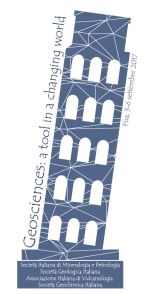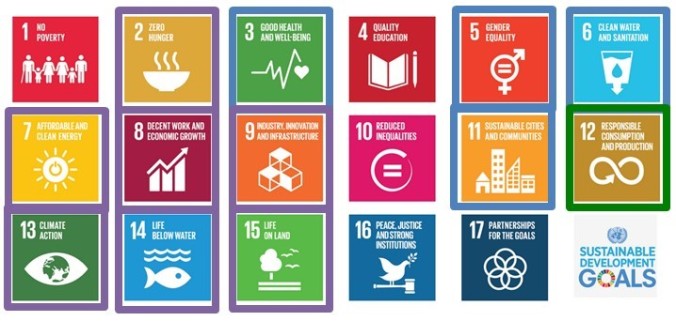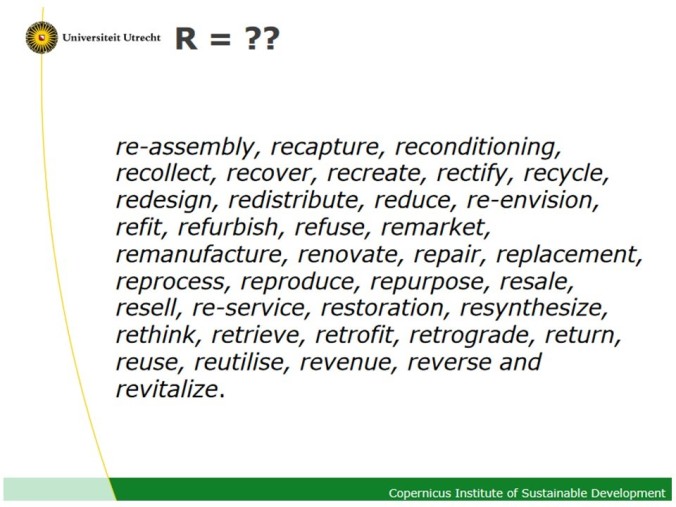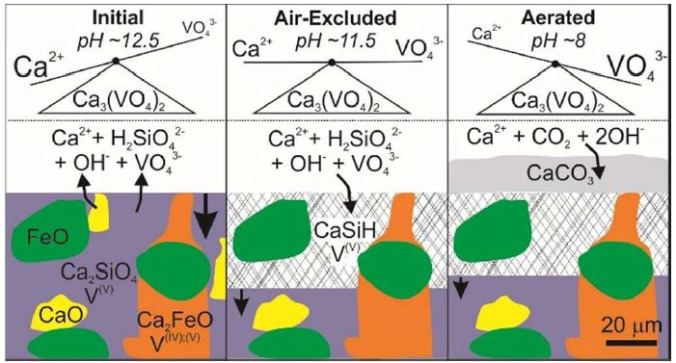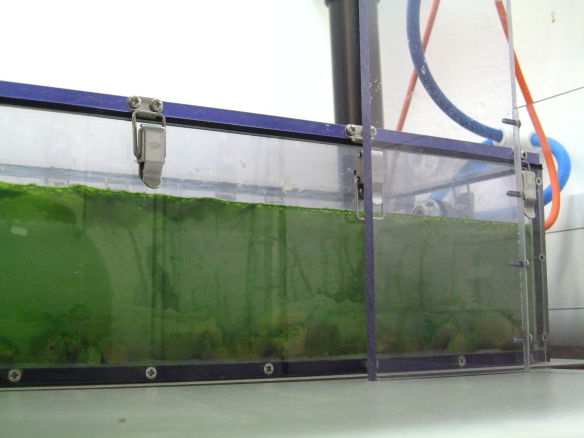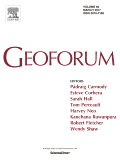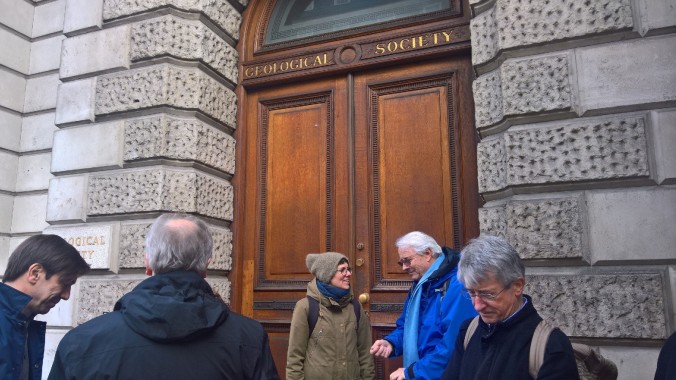Making the Business Case for Resource Recovery
22nd November 2017, Cloth Hall Court, Leeds
Register by 31st October to secure your place
Conference Theme
The successful implementation of ideas, frameworks and technologies for resource recovery from waste will require the formulation of strong business cases for a variety of actors in industry and government. What are the key elements of business cases for these actors? How can business cases integrate environmental and social as well as technical and economic costs and benefits? What do business cases for resource recovery look like, what can we learn from successful examples?
This year’s conference aims to present both conceptual ideas and practical experiences on the formulation of business cases for resource recovery as part of the circular economy.
Confirmed Speakers
Keynote Talks
- Prof Ian Boyd, Chief Scientific Advisor, Defra: A Government Perspective on Resource Recovery from Waste
- David Fatscher, British Standards Institution: The first global circular business model standard BS8001
- Prof Jan Jonker, Radboud University: Circular Economy: the quest for a changing focus in value creation in industry and government.
- Prof Phil Purnell, University of Leeds: On a voyage of recovery: a preliminary review of the UK’s resource recovery from waste infrastructure.
- Libby Peake, Green Alliance: UK Circular Economy strategy after Brexit
Specialist Sessions
I. Creating value from wastes in the bioeconomy
Converting waste CO2 to valuable chemical compounds: Another way of CO2 recycling. Shahid Rasul, Newcastle University.
Adding Value to Ash and Digestate (AVAnD): From the Glasshouse to the Field, Technical Challenges and Commercial Opportunities. Rachel Marshall and Alfonso Jose Lag-Brotons, Lancaster University.
Carbon pricing for the circular economy. David Newman, BBIA.
II. Recovering materials from mine legacy landfills
Metal recovery and recycling by urban mining. Jason Love, University of Edinburgh.
Metal-mine waste bioleaching and selective precipitation of target metals. Carmen Falagan Bangor University.
Challenges and Potential Solutions in Resource Recovery from Mine and Industrial Wastes. Devin Sapsford, Cardiff University.
III. New sustainability assessments and models
Catalytic upgrading of heavy and pyrolysis oils: how Life Cycle Analysis can be affected comparing fossil and renewable resources? Sophie Archer and Lynne Macaskie, University of Birmingham
Decision-making and business model innovation for sustainability. Suzana Matoh, University of Leeds
Developing a conceptual framework for complex value assessment of resources recovered from waste using non-standard economics. Oliver Zwirner, University of Leeds
Life Cycle Sustainability Analysis (LCSA) of Resource Recovery from Waste (RRfW) Systems. Jhuma Sadhukhan, University of Surrey
Registration
All attendees are required to register for the event by the 31st October. Authors are requested to pay the reduced rate to attend and present their work.
Full delegate rate: £125
Reduced rate: £100
Venue
The conference will be held at the Cloth Hall Court, Quebec Street, Leeds, LS1 2HA. The venue is just five minutes walk from Leeds rail station, in the city centre. Further details, including a map and list of nearby hotels can be found on our conference webpage.

